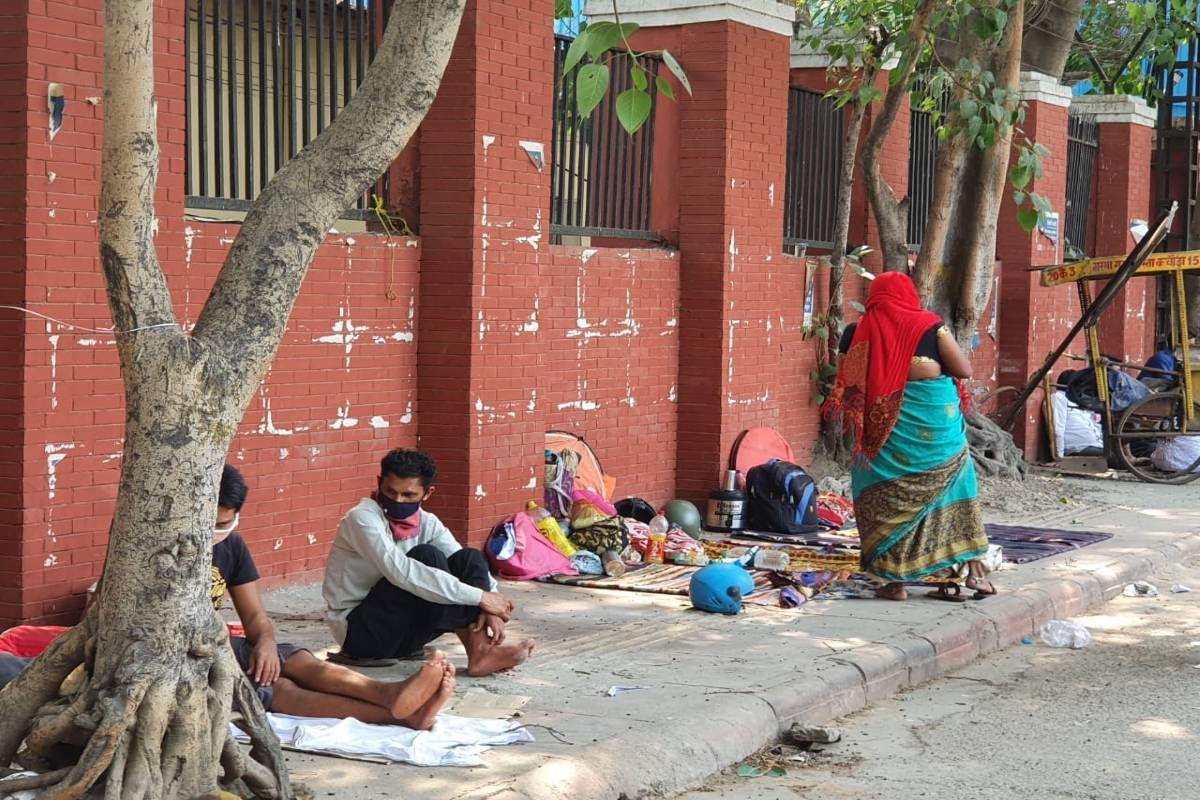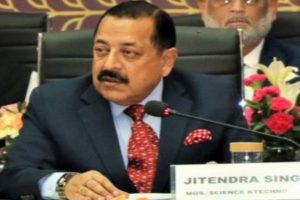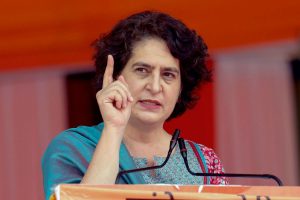As Covid-19 debilitated India, atrophying its fragile healthcare system, ruinous costs and swamped by patients, some who recovered and returned home found manacled by medical debt, the cost incurred to save their lives.
Anil Sharma’s son Saurav, 24, had to be put on ventilator in May, admitted at a private hospital in northwest New Delhi.
He visited his son every day for more than two months.
Saurav is home now, still frail and recovering. But the family’s joy is tempered by a mountain of debt generated while he was sick.
Restrictions have been lifted, traffic snarls have returned and professionals are flocking to offices. This belies a nightmare of gigantic medical expenses in which millions are embroiled and have meagre ways to break out.
Sharma exhausted his savings on paying for an ambulance, tests, medicines and an ICU bed. Then he took out bank loans.
As the costs mounted, he borrowed from friends and relatives. Then, he turned to strangers, pleading online for help on Ketto, an Indian crowdfunding website. Overall, Sharma says he has paid over Rs 37,21,500 in medical bills.
The crowdfunding provided Rs 20,84,392, but another Rs 19,35,507 is borrowed money he needs to repay, enormous debt he has never faced before.
He was struggling for his life and we were struggling to provide him an opportunity to survive, he said, his voice thick with emotion. “I was a proud father-and now I have become a beggar.”
Indians pay about 63 per cent of their medical expenses out-of-pocket. That’s typical of many poor countries with inadequate government services. Data on global personal medical costs from the pandemic are hard to come by, but in India and many other countries treatment for Covid is a huge added burden at a time when hundreds of millions of jobs have vanished.
Sharma, a marketing professional, had lost his job like some 12 million others and hadn’t seen a paycheck in 18 months.
“If you’re looking at what pushes people into debt or poverty, the top two sources often are out-of-pocket health expenditure and catastrophic costs of treatment,” said K Srinath Reddy, president of the Public Health Foundation of India.
In the northeastern city of Imphal, 2,400 km away, Diana Khumanthem lost both her mother and sister to the virus in May.
Treatment costs wiped out the family’s savings, and when the private hospital where her sister died wouldn’t release her body for last rites until a bill of about Rs3,72,213 was paid, she pawned the family’s gold jewelry to moneylenders.
When that wasn’t enough, asked her friends, relatives and her sister’s colleagues for help. She still owes some Rs74,442.
Meager funding of healthcare, at just 1.6 per cent of India’s GDP, is less, proportionately, than what Laos or Ethiopia spends.
At the outbreak’s peak in May, hospitals everywhere were overrun, but public facilities lacked the resources to handle the floods of patients coming in.
The result is a suffering public health system, where the provision of care is often poor, prompting many to flock to private hospitals, said Dehejia.
A public hospital treated Khumanthem’s mother, but her sister Ranjita was admitted to a private one that cost Rs96,775 per day.
Ranjita was the family’s only earner after Khumanthem left her nursing job last year to return home during the first wave of the virus. She’s now hunting for work while looking after her father and her sister’s 3-year-old son.
At her home in Imphal, Khumanthem grieved for her mother by remembering her favorite food, chagem pomba, a type of gruel made with vegetables, rice and soybeans. Every few minutes, she looked toward the front gate.
This is usually the time Ranjita would return home from work, she said. I still keep thinking she could walk through the gate any moment now.
Back in New Delhi, Sharma sighed in relief as an ambulance brought his son home from the hospital last week.
Saurav needs physiotherapy to build up his weakened muscles, a daily nurse and a long list of medications.
It may be weeks before he will be able to stand on his own, and months before the ambitious lawyer who graduated among the top of his class will be able to go to court again.
For now, the menacing costs will stay.












